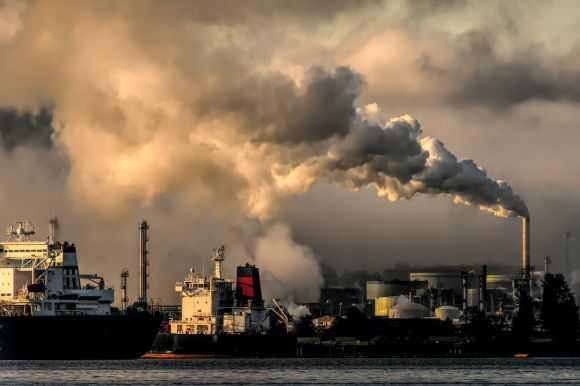Air pollution is a global issue that poses serious threats to both the environment and human health. With the rapid urbanization and industrialization taking place around the world, the problem of air pollution has become more pressing than ever. However, by taking proactive measures, cities can effectively address air pollution and create cleaner and healthier environments for their residents. In this article, we will explore some key actions that can be taken to tackle air pollution and promote sustainable development in urban areas.
1. Implementing strict emission standards
One of the most effective ways to reduce air pollution is by implementing strict emission standards for industries, vehicles, and power plants. By setting limits on the amount of pollutants that can be released into the atmosphere, cities can significantly decrease the levels of harmful substances such as particulate matter, nitrogen oxides, and sulfur dioxide. These standards should be regularly monitored and enforced to ensure compliance and maintain air quality.
2. Promoting sustainable transportation
Transportation is a major contributor to air pollution, especially in densely populated cities. Encouraging the use of public transportation, cycling, and walking can help reduce the number of private vehicles on the road, thereby reducing emissions. Cities can also invest in electric and hybrid vehicles and develop charging infrastructure to incentivize their adoption. Additionally, implementing carpooling programs and creating dedicated lanes for public transport can further alleviate congestion and reduce pollution.
3. Investing in green spaces
Green spaces, such as parks and gardens, play a vital role in mitigating air pollution. Trees and plants help absorb pollutants and release oxygen, improving air quality in urban areas. Cities should prioritize the creation and maintenance of green spaces, especially in highly polluted areas. This can be achieved through initiatives such as tree planting campaigns, rooftop gardens, and vertical green walls. Not only do these green spaces contribute to cleaner air, but they also provide recreational areas for residents to enjoy.
4. Promoting renewable energy sources
Transitioning from fossil fuels to renewable energy sources is crucial for reducing air pollution and combating climate change. Cities can promote the use of solar, wind, and hydroelectric power by incentivizing their adoption through subsidies and tax breaks. Investing in renewable energy infrastructure, such as solar panels on public buildings and wind farms, can help cities reduce their reliance on fossil fuels and significantly decrease air pollution.
5. Encouraging public awareness and engagement
Raising public awareness about the importance of addressing air pollution is essential for creating lasting change. Cities should launch educational campaigns to inform residents about the health risks associated with air pollution and the actions they can take to minimize their impact. Encouraging citizen participation through initiatives such as community clean-up drives and environmental awareness events can also foster a sense of responsibility and ownership among the population.
In conclusion, addressing air pollution requires a multi-faceted approach that involves strict emission standards, sustainable transportation, investment in green spaces, promotion of renewable energy sources, and public awareness and engagement. By implementing these actions, cities can significantly reduce air pollution levels and create cleaner and healthier environments for their residents. It is imperative for policymakers, industries, and citizens to work together to mitigate the impacts of air pollution and ensure a sustainable future for generations to come.
